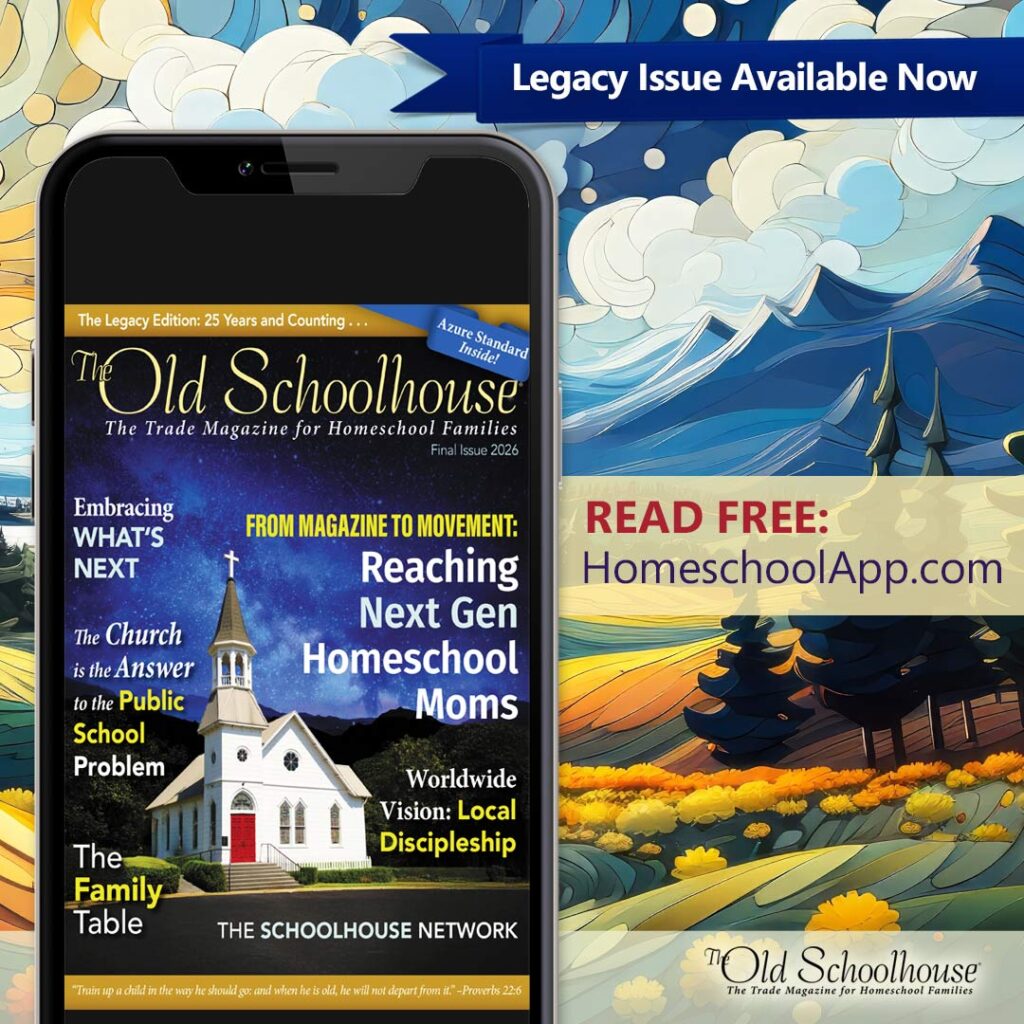
Whether you’ve got a budding author in the home or a reluctant writer, there are ways to help boost them along by providing opportunities of writing in addition to your language arts curriculum. Teach your children how to write historical fiction to give them engaging experiences that take advantage of interest-led learning and their imagination to cover several subjects in one activity. By giving your children a general framework of a writing assignment (instead of a specific writing topic), you can guide them to flourish with their own creative flair.
Writing can become one of those subjects that kids lose enthusiasm over because the topics are dull and not aligned with what matters to them. With a minimal amount of planning on your part, you can create writing assignments for your children that they are more likely to get excited about.
While you can focus on various genres of writing, we’ll give you some pointers on how to encourage your learners to write a historical fiction story by providing an outline of how to set up their story with a certain style of writing and some motivating options to make writing more meaningful for them.
Explore Different Styles of Writing
Writing can come in different forms and is a great way of expressing the writer’s thoughts and feelings. When writing historical stories of fact or fiction, don’t limit your children to just one style of writing. Test out different styles and see which one they gravitate towards. Here is a short list of the main styles to try.
- Expository Writing: This style will give the writer practice in using descriptive words to write the facts about past events and situations. Textbooks and essays are examples of expository writing. This type of writing would require research of past events and would be a good way to practice their research skills.
- Descriptive Writing: This style uses descriptive words to paint a more vivid picture to the reader. The writer focuses on the smaller details to help the reader envision what the author is imagining in his mind. Descriptive writing can be used for both fiction and nonfiction pieces. Examples of descriptive writing include fictional stories, poetry, and scripts.
- Persuasive Writing: This style of writing is used when writers want to express an opinion in a way to convince the reader to share their opinion. It requires some convincing words to make their opinion stand out while giving solid evidence to back up their theories. There are many options for your children to use this style in historical writing, especially when it comes to controversial views on happenings in the past.
- Narrative Writing: This is similar to descriptive writing but focuses more on the storytelling. Biographies are a great example of this kind of writing, next to nonfiction stories.
- Journal Writing: This style of writing is more personal and allows the writer to express their thoughts in an open and honest way. Diaries and journals are great for kids to get their writing practice in. As a writing assignment, you could have your child imagine that they are someone living in a certain historical period and they write a journal of that person. You can allow them to choose the time in history or you can provide a brief outline of the historical era they can write from. Whichever way you choose, this is an opportunity for them to do a little research learning about the event or time period they want to write about.
- Letter Writing: This is one of the oldest ways of communication that still happens today. Even with the advancement of technology, the skills of letter writing are still useful when communicating with others, specifically for jobs or for dealing with people in a more formal setting. Set the stage for a letter writing assignment by reading a biography of a figure in history; then either have them write a letter to that person or from that person.
Publish a Book
It’s a rewarding feeling to see your book up in a store as a published piece of your hard work! There’s no reason why your child can’t write a book of their own too. You could create a printed book or a digital eBook.
Amazon’s Kindle Direct Publishing is a popular platform to publish your creations for free. You can set a price for your work, choose which countries to make it available in, and learn how to format your work to meet Kindle’s requirements. You can also decide on whether you want to print as a paperback, ebook, or both.
If you decide to publish a book online through Kindle Direct Publishing, you can turn this into a learning opportunity for time management and goal setting by introducing weekly milestones or goals to meet towards publishing work online.
Who knows? You could have the next bestseller!
Volunteer to Write
The Canadian Schoolhouse
We publish articles that appeal to Canadian homeschooling families and welcome your content on whatever you may feel called to write, or we can provide you with topics to write about.
Teen writers are very welcome to submit content, too, either because of their own desire to write or as an assigned writing piece that includes going through the process of getting their article published online.
SchoolhouseTeachers.com
Join the Teen Writers Group!
This is a group of teens who create content for SchoolhouseTeachers.com. Currently, they are working on creating short stories for our This Day in History course - a perfect way to encourage your teen to write historical fiction!. Membership to the site is not required.
Enter Writing Contests & Events
With a search online and through homeschool organizations, you can find writing contests and events to have your children submit their writing work to.
Look out for the Creative Writing Roundup with The Canadian Schoolhouse every spring! We invite everyone from all ages to contribute to a themed creative writing piece that gets published into an eBook. Practice your writing skills and then enjoy reading all the entries and sharing your story with friends and family. See all the details and the past events on the Creative Writing Roundup page.
Try different things with your children to discover what motivates them to get writing! With a wide selection of topics about the past, teaching your kids how to write historical fiction is vast enough to appeal to every child. Chances are, they do like writing. They just may not have found the style or topic that gets them excited yet.
 This article has been written by homeschooling staff writers of The Canadian Schoolhouse (TCS). Enjoy more of our content from TCS contributors and staff writers by visiting our themes page that has a new theme topic added every month!
This article has been written by homeschooling staff writers of The Canadian Schoolhouse (TCS). Enjoy more of our content from TCS contributors and staff writers by visiting our themes page that has a new theme topic added every month!

















